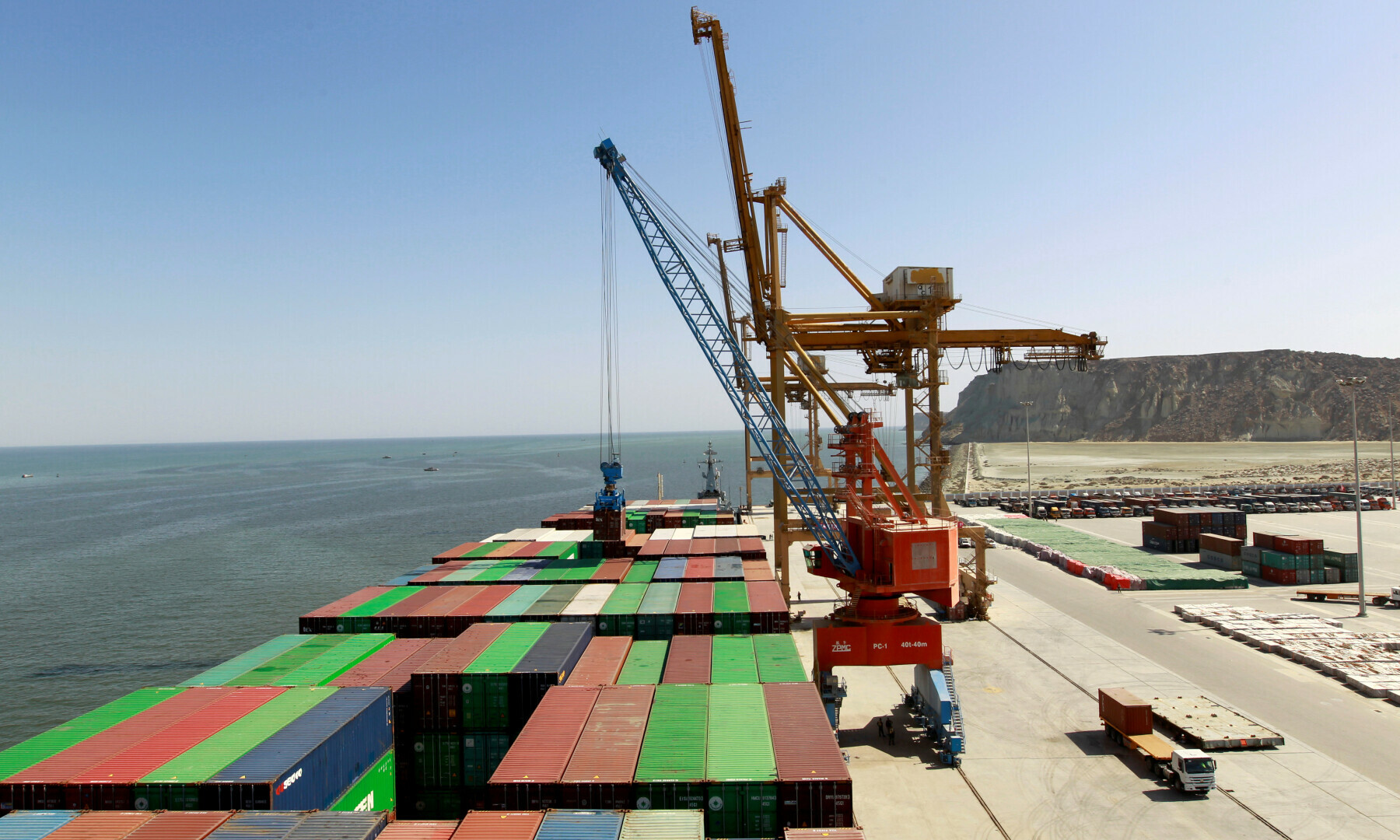US Still Pakistan’s No. 1 Export Market — But Can We Keep It That Way?
Introduction: A Tense but Pivotal Trade Relationship
Despite rising trade tensions and new US tariffs, America remains Pakistan’s top export destination. In 2024, Pakistan exported $5.4 billion worth of goods to the US, generating a trade surplus of $3.33 billion. But with former President Donald Trump’s return to the global trade stage and his administration’s sweeping reciprocal tariffs on over 60 countries — including Pakistan — the economic equation is changing fast. As a new policy committee forms in Pakistan to chart a response, there’s a clear need to rethink how the country positions itself in an increasingly protectionist trade landscape.
The Tariff Tightrope: High Stakes for Exporters
With a 29% tariff now looming over Pakistani exports to the US, businesses are caught in a bind. Exporters like Interloop CEO Musadaq Zulqarnain warn that while large players may weather the storm due to their deep supply chain relationships, smaller exporters could face severe losses. The profit margins for many have already dropped from 15–20% to around 5–10%. The additional burden of tariffs could make Pakistani goods uncompetitive, especially in price-sensitive markets.
The fear is real: if Bangladesh successfully negotiates tariff relief and Pakistan doesn’t, orders could shift east overnight. The race to absorb costs and retain market share will favor those who can scale, automate, or innovate quickly.
India’s Edge: Negotiating from a Position of Strength
In contrast, India has been given multiple mentions in the US trade fact sheet, underscoring its economic weight and leverage. With a population of 1.3 billion and an active negotiation stance, India may win more favorable tariff terms.
This puts Pakistan in a vulnerable spot. If New Delhi succeeds in securing lower duties, the competitive gap between Indian and Pakistani exports could widen significantly. While Pakistan has longstanding ties with American buyers, especially in the textile sector, reliance on these historical relationships won’t be enough in a fast-changing trade environment.
Inflation in the US: A Hidden Opportunity?
Yet, even amid challenges, there could be a silver lining. With US inflation rising and household budgets tightening, demand for low-priced goods — Pakistan’s specialty — may increase. Mr. Zulqarnain notes that when American consumers cut back, they often downgrade their spending on items like clothing.
For instance, those who once bought branded socks may now prefer cheaper, unbranded alternatives. And those already buying unbranded may stretch their use even further. This shift in consumer behavior could create a window for Pakistan’s budget-friendly exports to gain traction, at least temporarily.
Reimagining the Export Mix: From Cotton to Man-Made Fiber
According to Pakistan Business Council CEO Ehsan Malik, long-term growth will depend on adapting to evolving demand. The global apparel market is shifting toward man-made fiber products, yet Pakistan continues to focus heavily on cotton-based exports.
To remain competitive, the country must retool its export profile. This includes investing in technology, training labor in synthetic textiles, and learning from countries like Sri Lanka and the Philippines. However, security issues and a lack of foreign expert engagement present major barriers to progress.
US Imports: A Tactical Shift That May Not Pay Off
One idea under consideration is increasing imports from the US to offset tariffs and open space for trade negotiations. But the economics don’t quite add up.
Pakistan already imports $772 million worth of cotton from the US, and that too duty-free. With US cotton costing 10–12 cents more per pound than Brazilian alternatives, a shift toward American cotton could raise input costs substantially.
Beyond cotton, there are few American imports that could realistically substitute for cheaper alternatives from China. Soybeans present one opportunity — they carry a 3% duty and could be used for goodwill gestures — but broader import shifts aren’t financially sustainable.
Policy Dilemma: Limited Leverage, High Risks
While the government has formed a policy committee to respond to the trade challenge, its room for maneuver is narrow. Pakistan lacks the geopolitical leverage to retaliate with reciprocal tariffs against the US. Nor can it afford to escalate tensions with one of its few major markets.
The only pragmatic option is to present a credible case to the US that Pakistan’s export-driven economy offers long-term value — and that tariff relief would serve both sides by stabilizing supply chains and maintaining affordability in the US market.
A Narrow Path Forward: Competitiveness Through Strategy
The unfortunate truth is that Pakistan’s fate may hinge more on its competitors’ actions than its own. If India and Bangladesh secure better terms, Pakistan could suffer collateral damage.
However, it’s not all doom and gloom. The recent electricity rate cuts for industrial sectors could lower production costs and rejuvenate large-scale manufacturing. Coupled with rising demand for low-cost goods in an inflation-hit US economy, Pakistan might just find a temporary uplift.
Still, for sustainable growth, Pakistan must act. That means:
- Reassessing its export composition
- Investing in synthetic textiles
- Strengthening labor skills
- Diversifying export markets
- Proactively engaging in trade diplomacy
Conclusion: Can Pakistan Hold On to Its Top Export Market?
Pakistan remains deeply reliant on the US as an export market. But global trade is being reshaped, and passive strategies won’t cut it. In a world of reciprocal tariffs and strategic alliances, Pakistan must become proactive, nimble, and forward-thinking.
As discussed in our post on “The Geopolitics of Textile Trade,” sustaining market share in the US will take more than competitive pricing — it will require vision, reform, and courage.
Suggested Internal Link: As discussed in our post on “The Geopolitics of Textile Trade”
